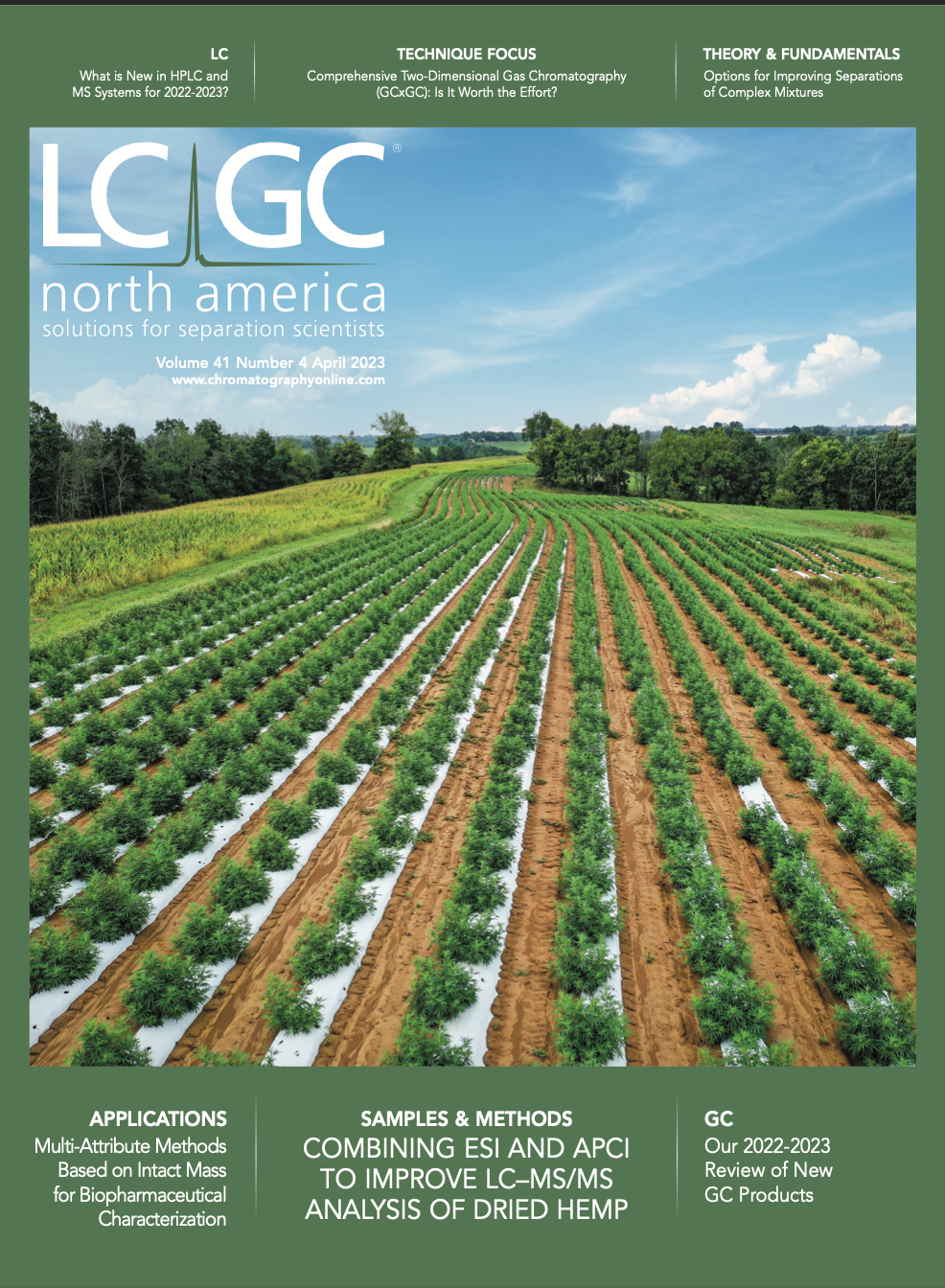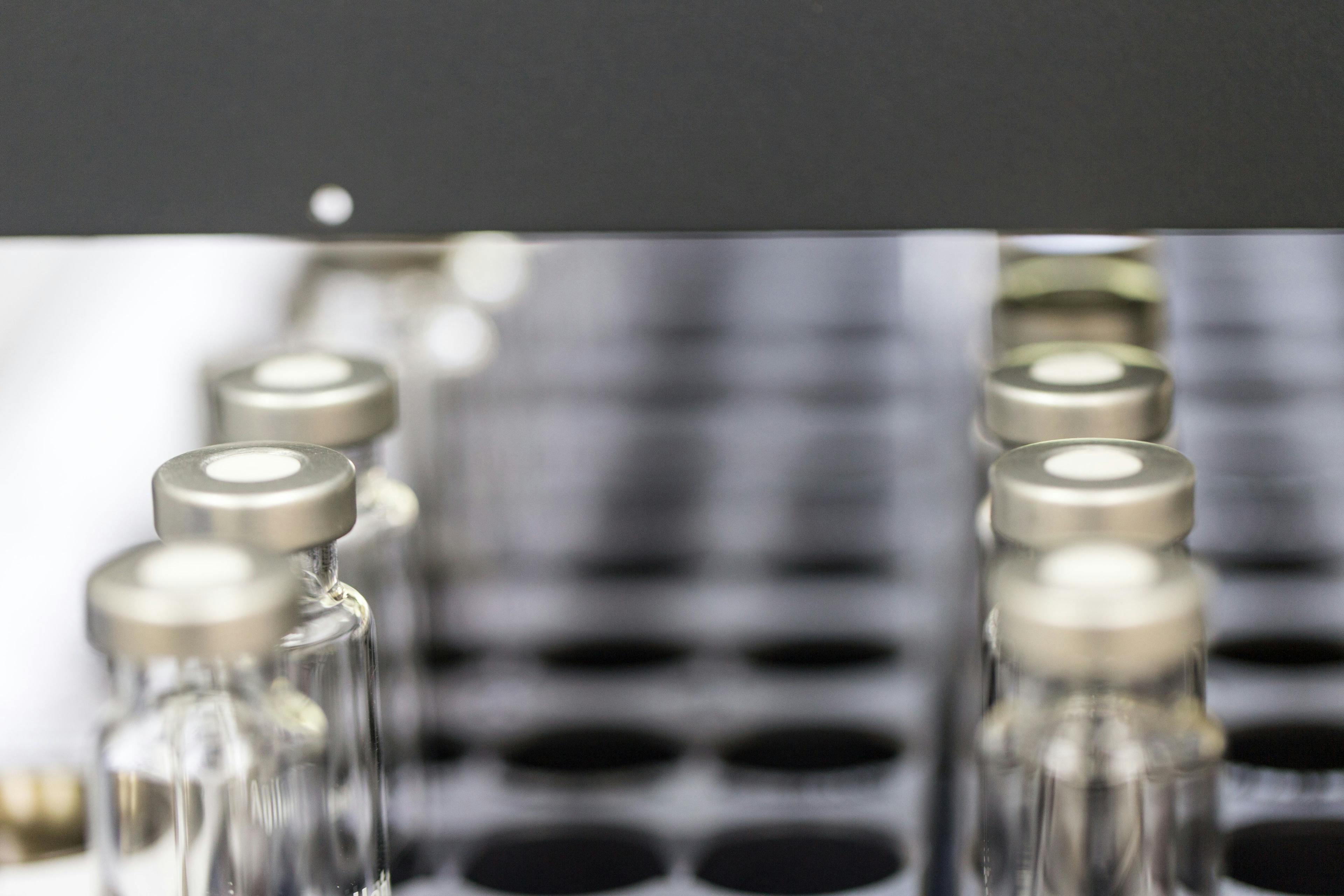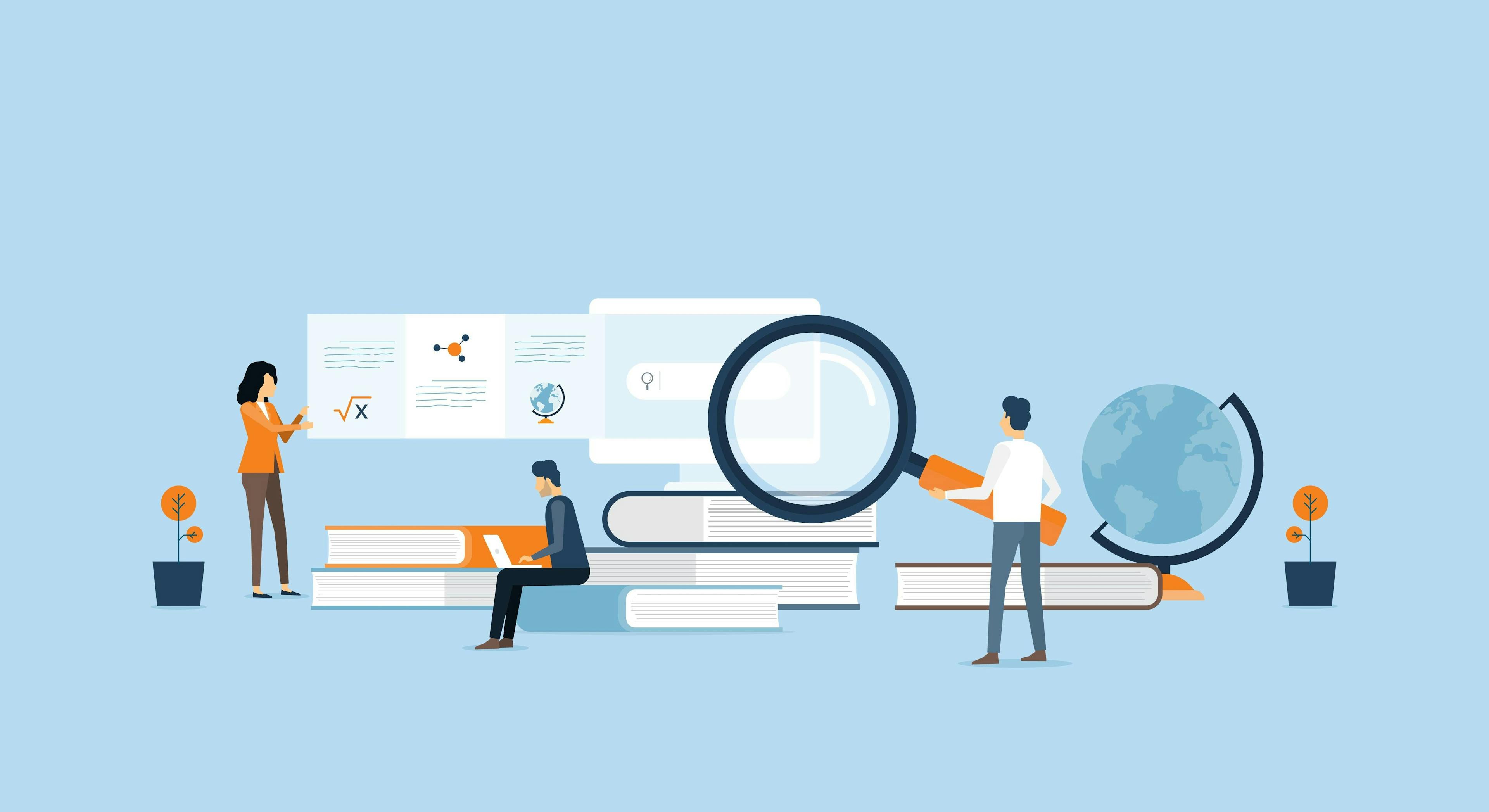Viewpoints: GC×GC...Why Bother?
I recently mentioned to a colleague that I have been doing research using comprehensive two-dimensional gas chromatography (GC×GC) since 2012. As 2023 arrives, this makes my love affair with the technique go back more than 10 years, which somehow feels significant. Time flies when you’re having fun, right? I was actually captivated by the technique earlier than that, starting in 2011 when I attended the Multidimensional Chromatography Workshop in Toronto, Canada. In my early days of using the technique, I truly thought to myself, “Wow, this is going to be something that changes the game!” Honestly, I’m not sure what game I meant at the time, but I suppose it was the recognition that measurement science needed a really good nontargeted tool to screen complex samples.
A lot has changed with respect to GC×GC since I began using it. A large number of commercial options now exist, both in terms of instrument manufacturers and the hardware choices each manufacturer provides. Software for handling GC×GC data is improving significantly every year. The technique is emerging in many new research applications. As a result, awareness has also grown. Even if you are not using GC×GC, you may have heard about this technique before–maybe in a conference talk, in a magazine article, or in a journal publication. Undergraduate students across the United States and Canada are even starting to be introduced to it in upper-level chemistry curricula, from what I have gathered from some informal surveys and conference discussions.
Despite the increase in GC×GC in the separation science and education communities, there are still many applications for which I wonder why GC×GC has not yet become common. Lately, my gut is telling me that we need to find more ways to “demystify” the technique. We need to be better communicators. We have to find a way to demonstrate when exactly GC×GC is going to be powerful versus when not to use it. Often when I am teaching analytical chemistry, I refer to this as “knowing what the right tool is in your toolbox.” In this article, I hope to begin demystifying GC×GC by presenting my own simple explanation of its major benefits.
Some of the “brag-worthy” benefits of GC×GC include the increase in peak capacity achieved (typically about 10x higher magnitude) and increased sensitivity. Increased sensitivity can come from focusing effects from thermal modulators, the separation of signals from background noise of the system, or both. In addition, due to the usage of two independent separation mechanisms, analytes are separated in two-dimensional space based on structural similarity. This effect has various names, including “structured chromatograms,” “ordered chromatograms,” or even the “roof tile effect.” Essentially, compounds with similar functional groups will be eluted in a similar region of the plot and visual organization of them can be noticed based on their molecular weight or number of carbons. This can be especially beneficial when using a detector other than a mass spectrometer, such that structural information can be inferred from the plot even without highly specific detectors.
It goes without saying that I love GC×GC. This technique is now well-established, and we are starting to see it make waves in industry settings. Given this, students should be aware of it, so I hope that we will see GC×GC discussed in more classrooms within higher education. I also hope that by communicating information about the utility of GC×GC, users will think critically about whether 1D or 2D-GC is the right tool in their toolbox for any given application. When it comes to the real utility of GC×GC, in my opinion its power is best wielded when we want to:
- Comprehensively discover all analytes in a complex sample
- Separate target analytes from complex background
- Separate mixtures of compounds in a wide range of chemical classes
- Target compounds in complex mixtures that have a high dynamic range
Being involved in promoting multidimensional chromatography as a valuable tool within our society has been a highlight of my career thus far, and something I don’t plan to stop being involved in any time soon. I encourage you to contact me if you want to discuss whether GC×GC is right for your application!
Katelynn A. Perrault is an associate professor of Forensic Sciences and Chemistry at Chaminade University of Honolulu. Direct correspondence to katelynn.perrault@chaminade.edu.

Study Examines Impact of Zwitterionic Liquid Structures on Volatile Carboxylic Acid Separation in GC
March 28th 2025Iowa State University researchers evaluated imidazolium-based ZILs with sulfonate and triflimide anions to understand the influence of ZILs’ chemical structures on polar analyte separation.













